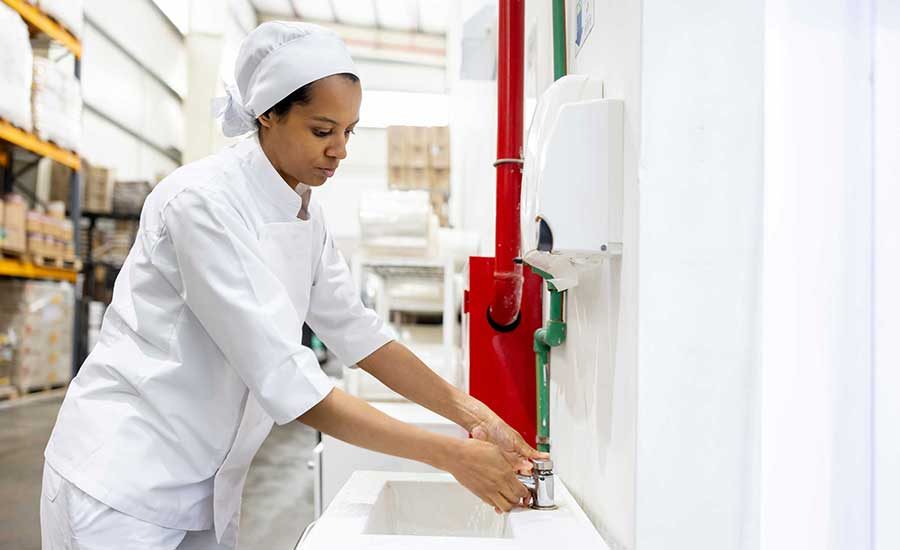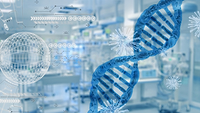New EU Regulation Requires WGS Analysis, Data Reporting for Important Foodborne Pathogens

Image credit: kjpargeter via Freepik
The EU has adopted a new regulation requiring Member States to conduct whole genome sequencing (WGS) on the isolates of five important pathogens during the investigations of foodborne illness outbreaks, and sets data-sharing parameters. Regulation (EU) 2025/179 aims to facilitate foodborne illness outbreak investigations and enable the timely detection of sources and causes.
The date after which the regulation will be applied is August 23, 2026.
Specifically, the regulation states that, during official controls at food and feed businesses suspected to be implicated in a foodborne illness outbreak, competent authorities within Member States must collect isolates of Salmonella enterica, Listeria monocytogenes, Escherichia coli, Campylobacter jejuni, and Campylobacter coli derived from food, animal, feed, and related environmental samples. Member States will be required to carry out WGS on those isolates.
Member States must transmit the WGS results to the European Food Safety Authority (EFSA), which developed a joint One Health system together with the European Center for Disease Prevention and Control (ECDC). Within the joint One Health system, EFSA will be able to compare WGS data for food-related isolates with WGS data from human isolates that are communicated to ECDC. Certain information is required to be sent with the WGS data, including:
- A unique reference number of the genome sequence of the isolate from which the sequence has been generated
- A unique reference number of the sample from which the pathogen has been isolated
- The pathogen species
- The description of the food, animal species, feed, or environment the isolate was derived from
- The date of sampling
- The Member State of sampling
- If notified in the Rapid Alert System for Food and Feed (RASFF), the reference to the notification associated with the isolate
- A unique reference number of the foodborne outbreak investigated at national level.
Looking for a reprint of this article?
From high-res PDFs to custom plaques, order your copy today!






